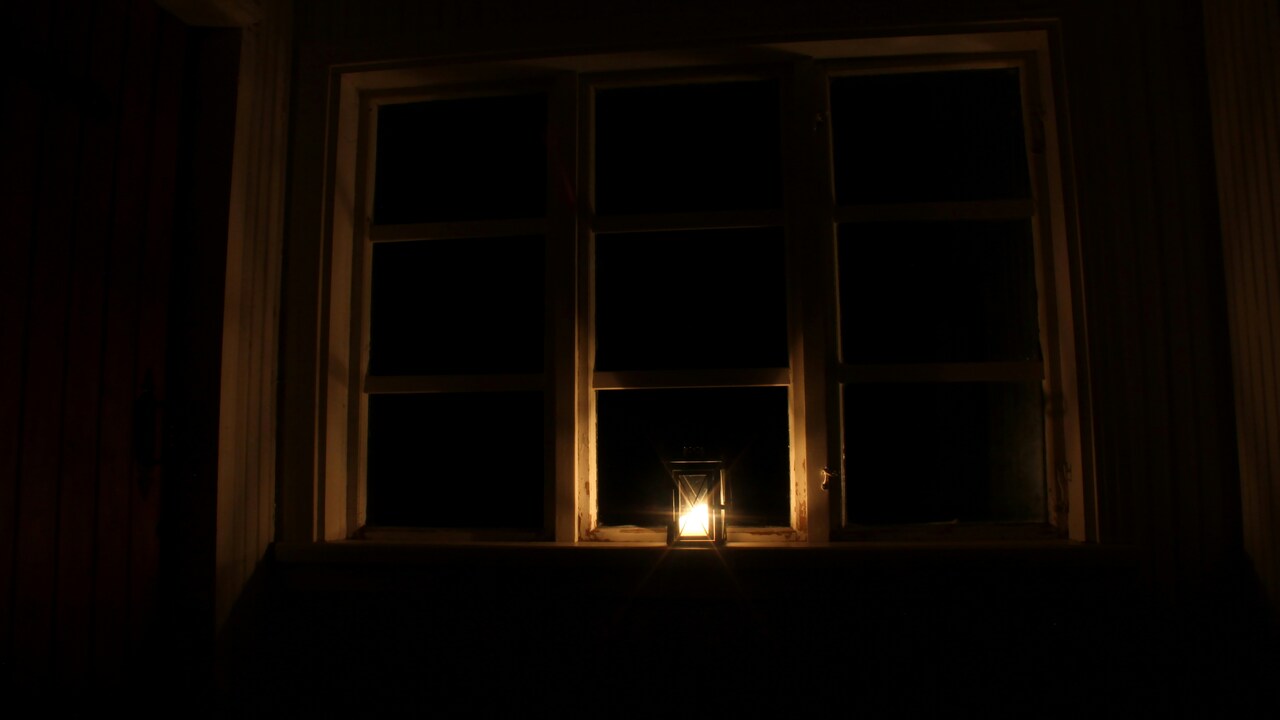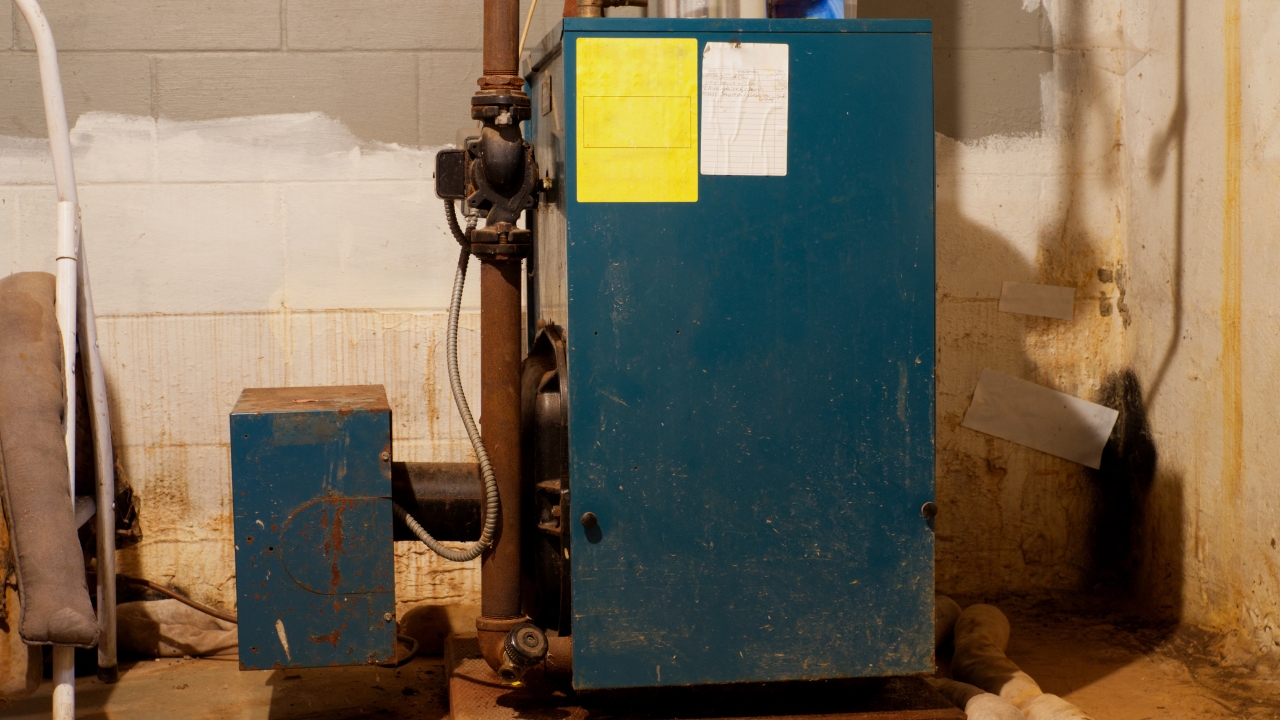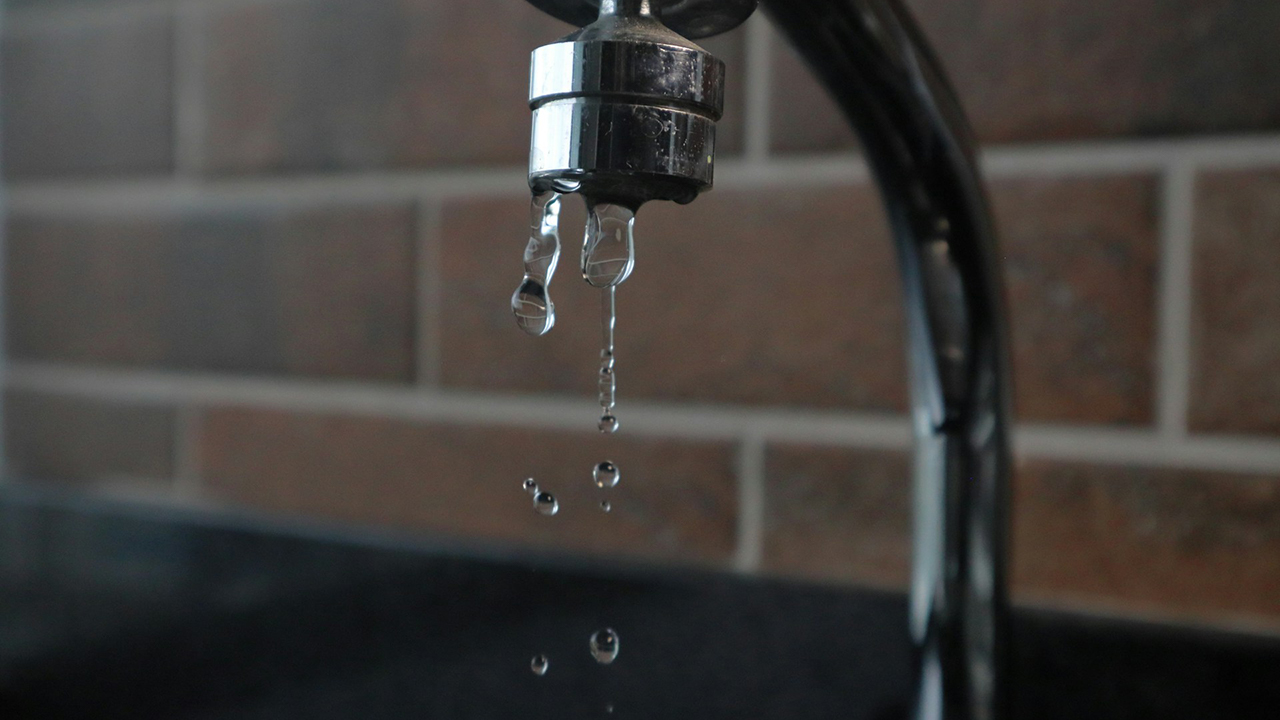7 ways to tell your systems won’t handle this winter
Winter has a way of exposing weak spots around your home. The systems that worked fine all summer can suddenly struggle when temperatures drop. From heating to plumbing to insulation, everything is under more strain—and if something’s already on its last leg, cold weather will push it over the edge.
Before you find yourself without heat or with frozen pipes, it’s worth spotting the early signs that your setup isn’t ready for the season ahead.
Your furnace struggles to keep up
If your furnace runs nonstop but never quite reaches the set temperature, that’s a red flag. It might mean your filter’s clogged, your ductwork is leaking, or the system itself is undersized. Constant cycling wears down components faster and drives up your bill.
Have your system inspected before the first cold snap. Replacing a $20 filter and sealing ducts now can save you from a much bigger repair when it’s freezing outside.
Uneven temperatures throughout the house
When one room feels like a sauna and another like a walk-in freezer, your heating system isn’t distributing air evenly. Poor insulation, blocked vents, or unbalanced ductwork are often to blame.
Take note of which rooms stay colder and have your vents checked. Adding insulation or adjusting airflow can fix most temperature imbalances before you end up relying on space heaters.
Your power flickers during storms

Frequent flickers or short power losses during mild weather suggest your electrical system might not handle heavy winter demand. It could be a weak connection, old wiring, or a strained breaker panel.
Schedule an inspection before the holidays, when usage spikes. If your panel’s outdated or overloaded, upgrading it now keeps your lights—and your heat—on when you need them most.
Weak water pressure or slow drains
If your water pressure has dropped or drains are moving slower than usual, it could point to buildup or early pipe corrosion. Cold weather only makes things worse—frozen or cracked pipes can cause major damage fast.
Have a plumber check for blockages and insulate any exposed pipes now. Preventing a burst line is a lot cheaper than repairing one after the fact.
Drafts you can feel around doors and windows
Cold air creeping in around windows and under doors doesn’t just make you uncomfortable—it forces your heating system to work overtime. Even small gaps can drive up energy costs and strain your furnace.
Seal leaks with weatherstripping or caulk, and check insulation in key spots like attics and basements. Stopping heat loss at the source is far cheaper than fighting it with higher thermostat settings.
Strange smells or noises when the heat kicks on

Burning smells, rattling, or loud banging from your furnace are never normal. They often signal dust buildup, loose components, or failing parts. Ignoring those warnings now can lead to a mid-winter breakdown.
Turn off the system and have it checked right away. Routine maintenance catches small issues early, and clean systems always run more efficiently.
Your thermostat doesn’t seem accurate
If your thermostat says 70 but the room feels ten degrees colder, it’s not doing its job. Old or poorly placed thermostats can make your system cycle unnecessarily or underheat your space entirely.
Check placement—avoid areas near windows, vents, or direct sunlight—and consider upgrading to a programmable or smart model. A reliable thermostat keeps your home comfortable and helps your heating system last longer.
Like Fix It Homestead’s content? Be sure to follow us.
- I made Joanna Gaines’s Friendsgiving casserole and here is what I would keep
- Pump Shotguns That Jam the Moment You Actually Need Them
- The First 5 Things Guests Notice About Your Living Room at Christmas
- What Caliber Works Best for Groundhogs, Armadillos, and Other Digging Pests?
- Rifles worth keeping by the back door on any rural property
*This article was developed with AI-powered tools and has been carefully reviewed by our editors.







